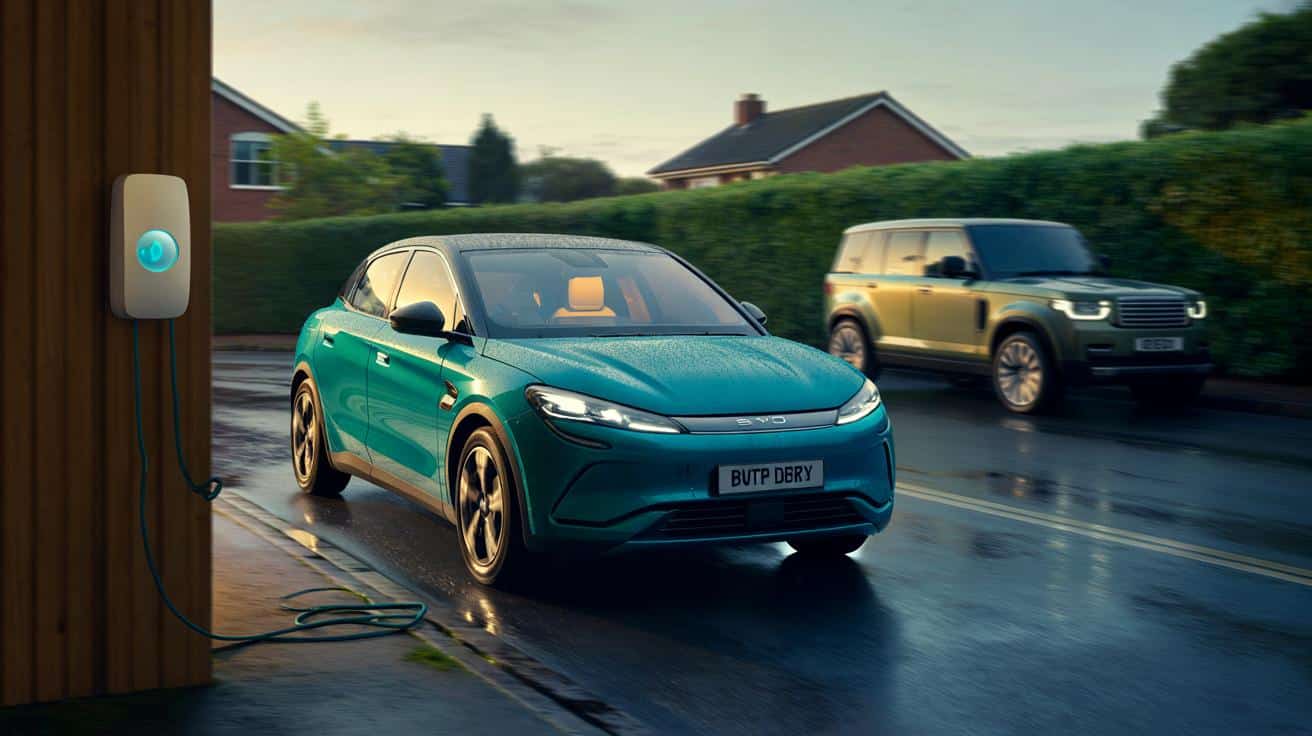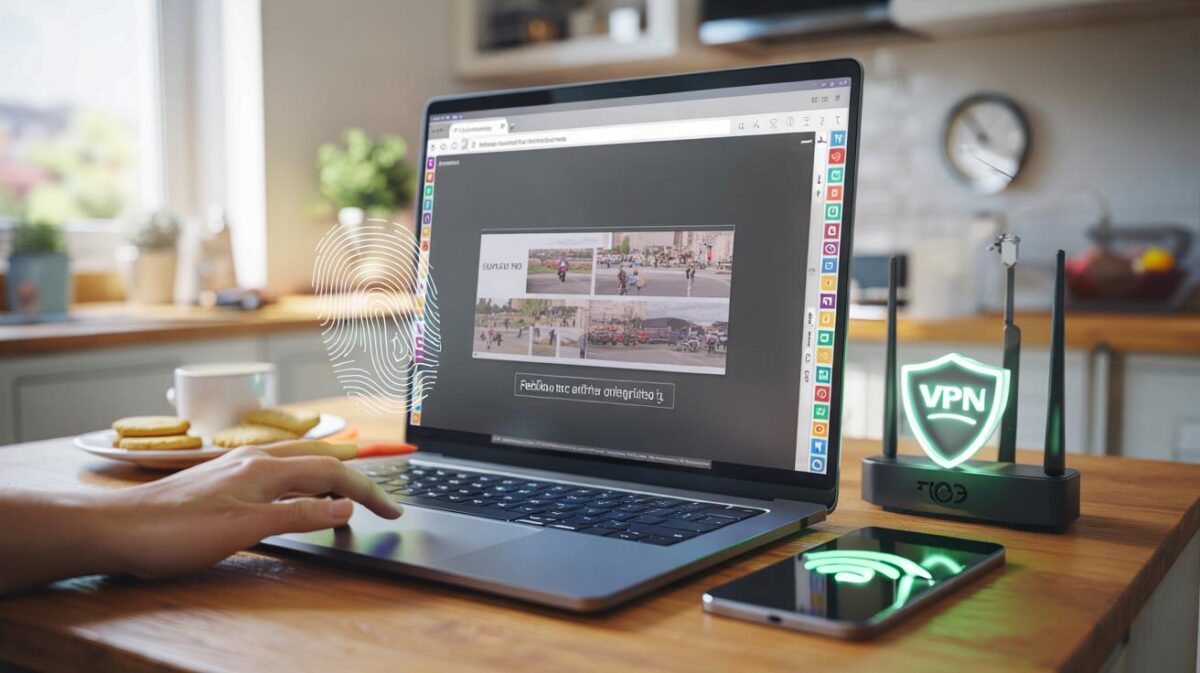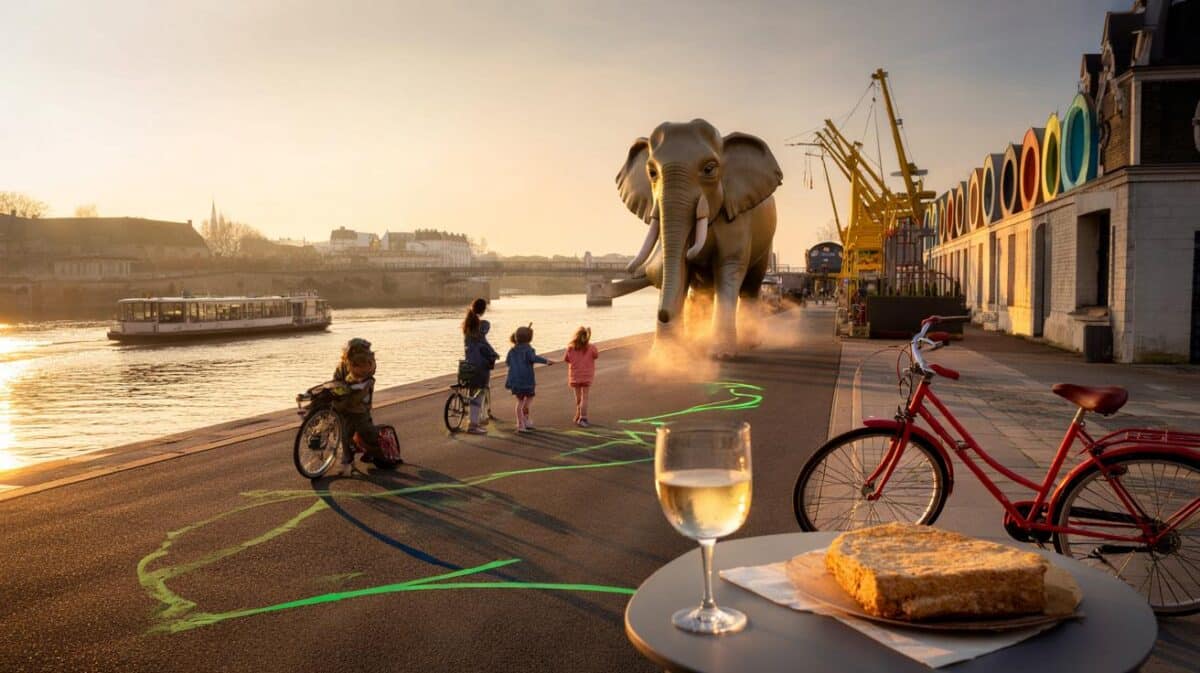I did. And in the last set of UK registrations, BYD logged 11,271 and slipped past Land Rover. The question now feels less theoretical than it did a year ago: if a £31k EV can outdo a German stalwart in the week-by-week grind, do you switch?
The rain was that fine British mist that sneaks into your collar as I eased the BYD Dolphin out of the driveway in Surrey. The BMW 320d sat there like a loyal labrador—steady, familiar, slightly smug—watching this cheeky new thing nose onto the road. Inside the BYD, the cabin glowed warm, the screen flicked on without drama, and the silence made the wipers sound loud. The first few miles weren’t fireworks. They were peace. I realised I wasn’t bracing for gears or rumble, only watching hedgerows slide by like a moving painting. Then it surprised me.
A £31k shock to the system
The Dolphin I bought is the Extended Range, listed at around £31,695 before haggling or finance. It’s not a supercar and it doesn’t pretend to be. What it does, minute by minute, is make the commute feel less like war and more like a glide. **It beat my BMW where it matters: mornings, money, and mood.** The small stuff stacks up—instant heat on a cold start, one-pedal flow in stop-start traffic, and that easy zip from 0‑30 when a gap opens.
On a weekday run to Milton Keynes, the numbers told their own story. The BYD averaged 4.1 miles per kWh in mixed weather with lights, heat and drizzle, using 42 kWh there and back. Home tariff off‑peak at 7.5p/kWh made the trip about £3.15 each way. The same journey in my 320d used just under a quarter tank—roughly £14 in diesel at current prices. That’s not a rounding error. That’s a coffee, a pastry, and a small smug glow every single trip.
The logic sits behind the wheel as much as under the skin. BYD’s Blade battery is flat, robust, and on paper kinder to space and safety. The software is mostly clean and updates over the air without fanfare. The motor’s instant shove is not about 0‑62 numbers; it’s about being first into that roundabout slot you actually need. You feel where Chinese brands are leaning hard: integrated parts, fewer suppliers, and a pace of iteration that feels like smartphones, not saloons.
If you’re EV‑curious: try it the right way
Skip the showroom sprint. Take a 48‑hour test and make it your life. Plan your normal commute, school run, and a detour to your usual supermarket. Plug into the public charger you’d actually use, not the glossy one by the dealership. Log energy used, cost per kWh, and how long you truly spend waiting. **Treat the test like your life, not a Sunday cruise.** That’s where electric wins—or doesn’t.
Don’t judge it on a single heroic motorway blast. EVs feel best in your messy reality: short hops, mixed A‑roads, a cheeky late‑night top‑up at 11 pm. We’ve all had that moment when you arrive home with a sliver of battery and wonder if it’ll be enough for the morning. Try that on purpose. Charge to 80%, leave the rest to chance, and see how your nerves handle it. Let’s be honest: nobody actually does that every day.
What tripped me up at first was expectation setting and admin. I thought WLTP was gospel; it’s not. I assumed the public charger would work on the first tap; it didn’t. The fix wasn’t technical—just planning. The car is the easy bit. The routine is the new muscle you build.
“Recent UK registrations show BYD at 11,271, edging past Land Rover,” a dealer told me with a grin. “It’s not a blip. It’s product, price, and patience.”
- Bring your own Type 2 cable and try a lamppost charger once.
- Download two backup apps for roaming payments.
- Check live peak vs off‑peak home tariffs before you switch.
- Time a 10‑80% rapid and note the taper; that’s your real long‑trip speed.
- Ask about heat pump, battery pre‑conditioning, and winter range drop.
Will you switch as BYD climbs past Land Rover?
There’s a cultural shift inside this story that you can feel behind the wheel. A £31k EV doesn’t need to be a hero; it needs to be a hassle killer. When a Chinese hatchback glides past a premium badge at the pumps and on the balance sheet, the social script wobbles. **The switch is already happening in driveways, not boardrooms.** If BYD can move 11,271 registrations in the UK and clear Land Rover in the charts, the middle of the market is warming up fast. Maybe the question isn’t whether EVs are “ready.” It’s whether we are ready for them to be normal.
| Point clé | Détail | Intérêt pour le lecteur |
|---|---|---|
| £31k EV vs BMW daily life | Quieter starts, instant heat, one‑pedal flow, lower pence‑per‑mile | Shows where you actually feel the upgrade Monday to Friday |
| Real‑world costs | 4.1 mi/kWh; off‑peak 7.5p/kWh; trip costs a fraction of diesel | Helps you estimate your own savings without wishful thinking |
| Market signal | BYD at 11,271 UK registrations, topping Land Rover | Suggests the shift is mainstream, not niche or future‑tense |
FAQ :
- Which £31k Chinese EV are we talking about?The BYD Dolphin Extended Range, specced to about £31,695 in the UK, is the car I bought and lived with.
- Did it really “beat” your BMW?Not in raw autobahn speed. It beat my 320d in quietness, traffic comfort, running costs, and the rhythm of daily driving.
- What about charging stress on long trips?Plan 10‑80% hops, use apps with live status, and pre‑condition the battery where possible. One rapid every 2 to 2.5 hours kept my trips calm.
- Will depreciation wipe out the savings?EV residuals are settling. Low running costs and smart tariffs can still outweigh faster early depreciation, especially if you keep the car 4–6 years.
- Is service and safety up to scratch?BYD supports right‑hand‑drive markets with growing dealer networks. Euro NCAP ratings and Blade battery design address safety convincingly.
Why the “BMW‑beating” bit isn’t clickbait
It’s not about lap times or badge kudos. It’s the way the car fits the seams of British life—the drizzle starts, the 20‑mph zones, the late‑night shop runs, the school‑gate scrums. My BMW still feels solid and forever. The BYD feels like finding a shortcut you didn’t know your town had. Once you map your week onto it, you stop thinking in petrol and start measuring peace.
There are caveats. Winter range shrinks. Public charging is a mixed bag. Insurance quotes can wobble. Yet the centre of gravity is shifting to price‑sensible, feature‑rich EVs that don’t need evangelists to make sense. They just need keys in pockets and ordinary trips on damp Tuesdays.
That’s where the 11,271 number lands with a soft thud. It says the fence is emptying out. It says families are doing the maths and liking what the spreadsheet whispers. It says a £31k Chinese hatchback can sit on a British driveway and quietly change a mind at 7:42 am, when the street is wet, the coffee is hot, and the engine that isn’t there makes the morning feel easier.








